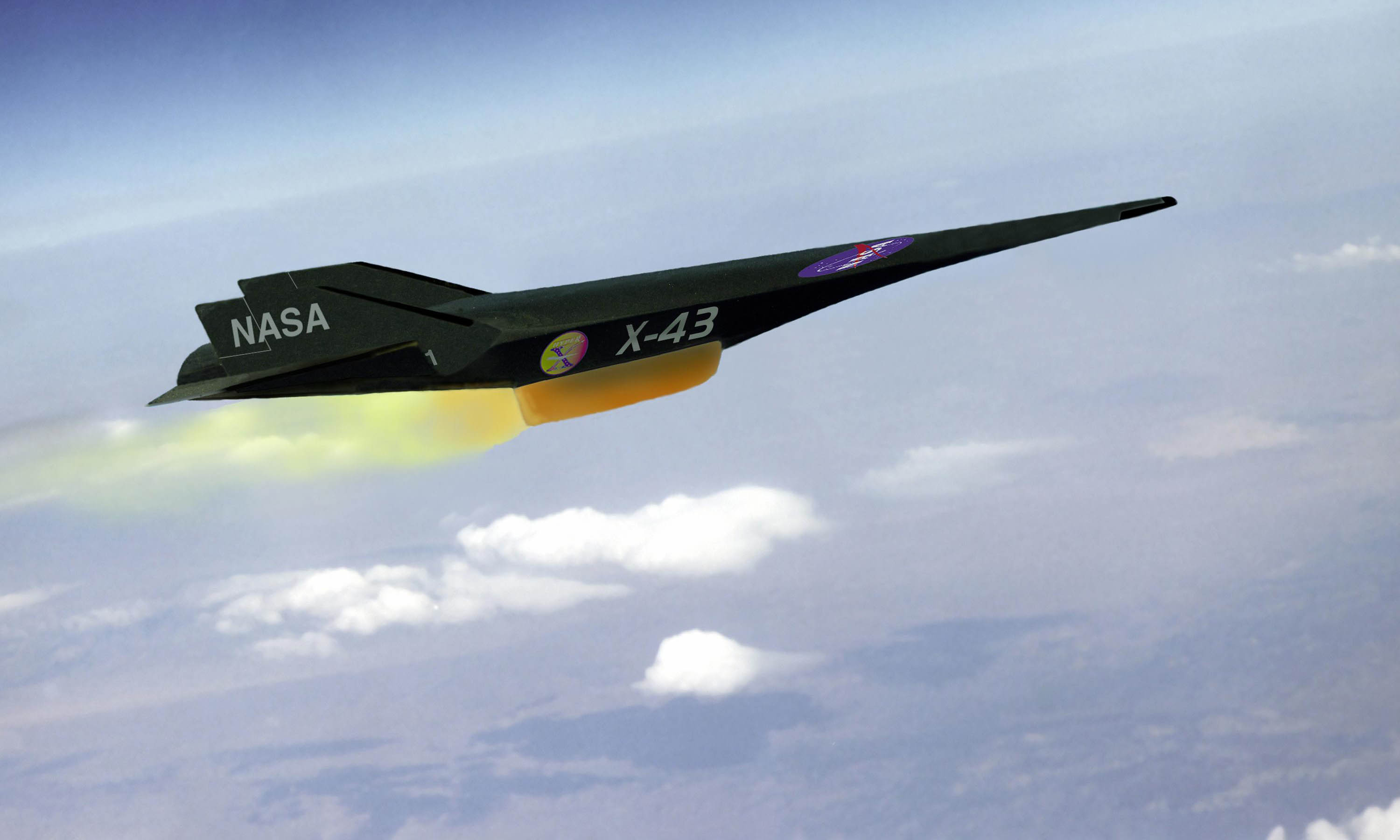Next gen 3D printed catalysts to propel hypersonic flight
8. 9. 2021 | RMIT University | www.rmit.edu.au
Utra-efficient 3D printed catalysts could help solve the challenge of overheating in hypersonic aircraft and offer a revolutionary solution to thermal management across countless industries. Developed by researchers at RMIT, the highly versatile catalysts are cost-effective to make and simple to scale.
The team’s lab demonstrations show the 3D printed catalysts could potentially be used to power hypersonic flight while simultaneously cooling the system. Researchers said their work tackled one of the biggest challenges in the development of hypersonic aircraft: controlling the incredible heat that builds up when planes fly at more than five times the speed of sound.

Only a few experimental planes have reached hypersonic speed (defined as above Mach 5 - over 6,100km an hour or 1.7km per second). In theory, a hypersonic aircraft could travel from London to Sydney in four hours but many challenges remain in the development of hypersonic air travel, such as the extreme heat levels. Fuels that can absorb heat while powering an aircraft are a key focus for scientists, but this idea relies on heat-consuming chemical reactions that need highly efficient catalysts. Additionally, the heat exchangers where the fuel comes in contact with the catalysts must be as small as possible, because of the tight volume and weight constraints in hypersonic aircraft. To make the new catalysts, the team 3D printed tiny heat exchangers made of metal alloys and coated them with synthetic minerals known as zeolites.
Read more at RMIT University
Image Credit: NASA
-jk-




